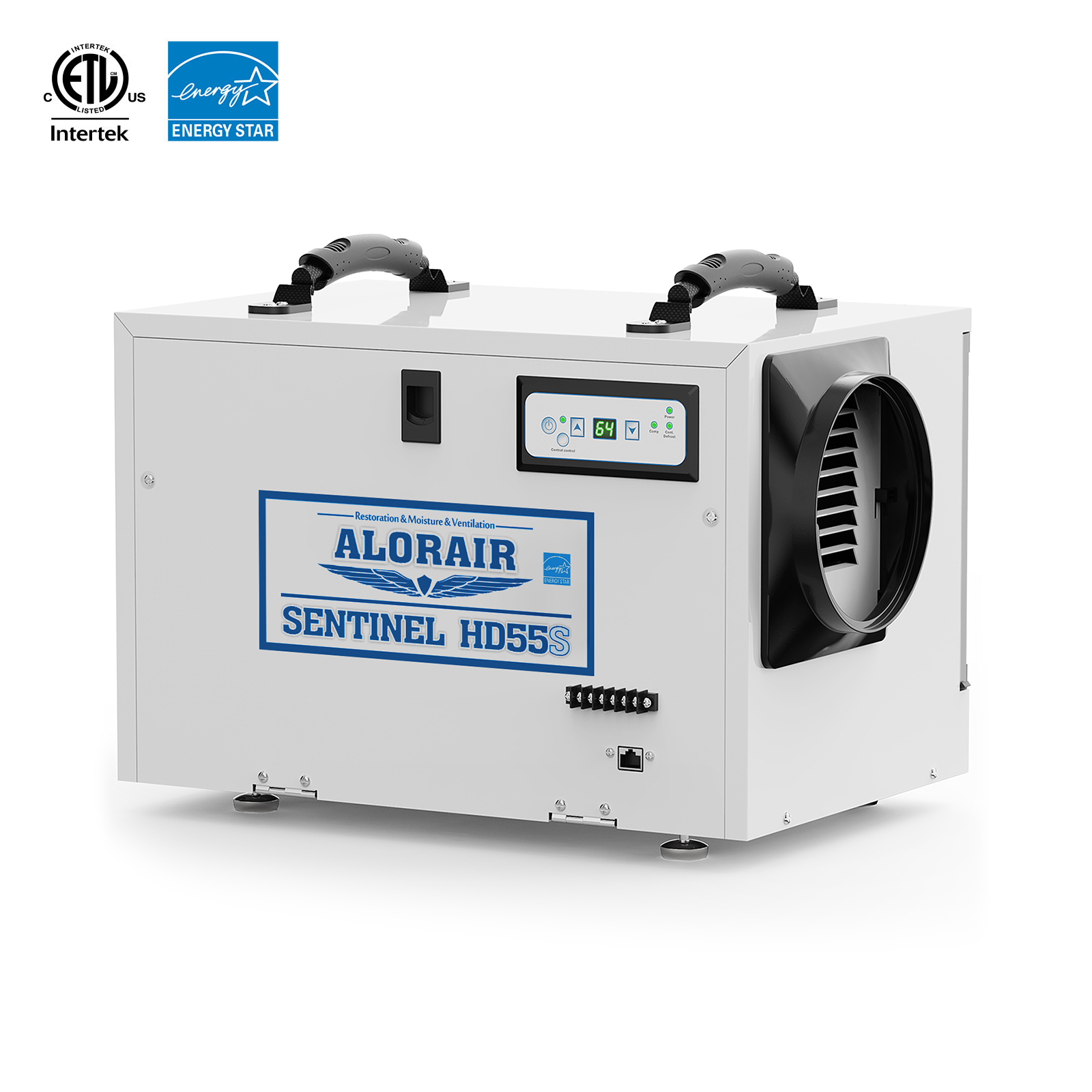With the change of seasons comes the change of relative humidity in the atmosphere. Both high and low humidity can cause damage to the body which in turn will affect your health. It might not seem like a big deal at first but these effects come over time and may cause serious damage to the body.
In most cases, the humidity in a room can be checked by increasing ventilation, installing fans or dehumidifiers. What are these health effects you may ask, well here is a list to help you know and avoid these risks?
-
Viruses
The flu, measles, rubella when one hears these names I’m pretty sure it gives them the chills as these diseases come with several days in solitary confinement to prevent contact with other people or infection. Well, these are just but a few airborne viruses. These viruses are very contagious and are mostly contacted in high humidity environments. These environments are very conducive for the survival of these viruses making people in these environments at high risk of infection.
In most cases, in these environments, viruses can easily be spread.
-
Skin infection
When the humidity in the atmosphere is high, the body sweats at a high rate however this sweat is not evaporated from the skin thus it accumulates making the skin irritated from the high levels of salt deposited on the surface. This, in turn, will lead to the skin getting rashes and sores and may cause the individual to suffer from excimer.
-
Allergies
Humid environments are a great enemy of individuals suffering from allergies. An individual with asthma, for instance, is at a higher risk of suffering from an asthma attack in a humid environment. This is due to the density of the air and accumulation of dust particles in the air making it hard to breathe. It was also identified that humidity may irritate the eyes making it extremely uncomfortable. Humidity also affects the mucus membrane causing a blockage in the nose and bronchus making it difficult to breathe.
-
Bacteria
High humidity is a conducive breeding place for bacteria that causes airborne diseases such as tuberculosis, pneumonia, anthrax among others. These bacteria being breaded and multiplying in this environment increase the risk of infection of these diseases. Because the air in a humid environment is denser, the transmission of these diseases from one person to another is much easier putting more people at risk of infection.
-
Dust mites and fungi
Dust mites and fungi are said to be the main cause of several airborne infections and allergies. From several studies done, it was found that dust mites and fungi are more productive in areas that are most humid making them most active and harmful in these seasons.
-
Dehydration
Humid environments cause the body to lose a lot of water in the form of sweat; however, this sweat does not evaporate and remains on the surface of the skin. With the loss of so much water at very high rates the body becomes dehydrated which often leads to fatigue as the body cannot function at optimum state without water. If an individual is unable to hydrate at the rate in which the body is losing water, it may lead to the individual collapsing from exhaustion.
-
Hyperthermia
This is one of the most health risks of humid environments. This is when the body becomes overheated due to its inability to lose heat at the rate the body is expected to.in most cases, the body’s heat regulation system is unable to regulate the heat, causing it to overheat to over 40 degrees. It is often characterized by fatigue, muscle cramps, dizziness, nausea, fainting, or the most extreme situations the individual may suffer from a heat stroke. In other situations, the victim suffering from hyperthermia may also get a heat rash which in most cases disappears when the body cools down but if not allowed to cool then it may lead to infection.






-(1).png)

.jpg)
.jpg)

.jpg)

.HDi90.png)
.HD90.png)



.jpg)


.jpg)






.jpg)
.jpg)
.jpg)





.jpg)
.jpg)











.jpg)
.jpg)








.jpg)
.jpg)












.jpg)
.jpg)
.jpg)
.jpg)
.jpg)
.jpg)
.jpg)
.jpg)
.jpg)
.jpg)
.jpg)
.jpg)
.jpg)





.jpg)
.jpg)
















-.jpg)
.jpg)

.jpg)
.jpg)




























 Exclusive offers
promotions
Exclusive offers
promotions

